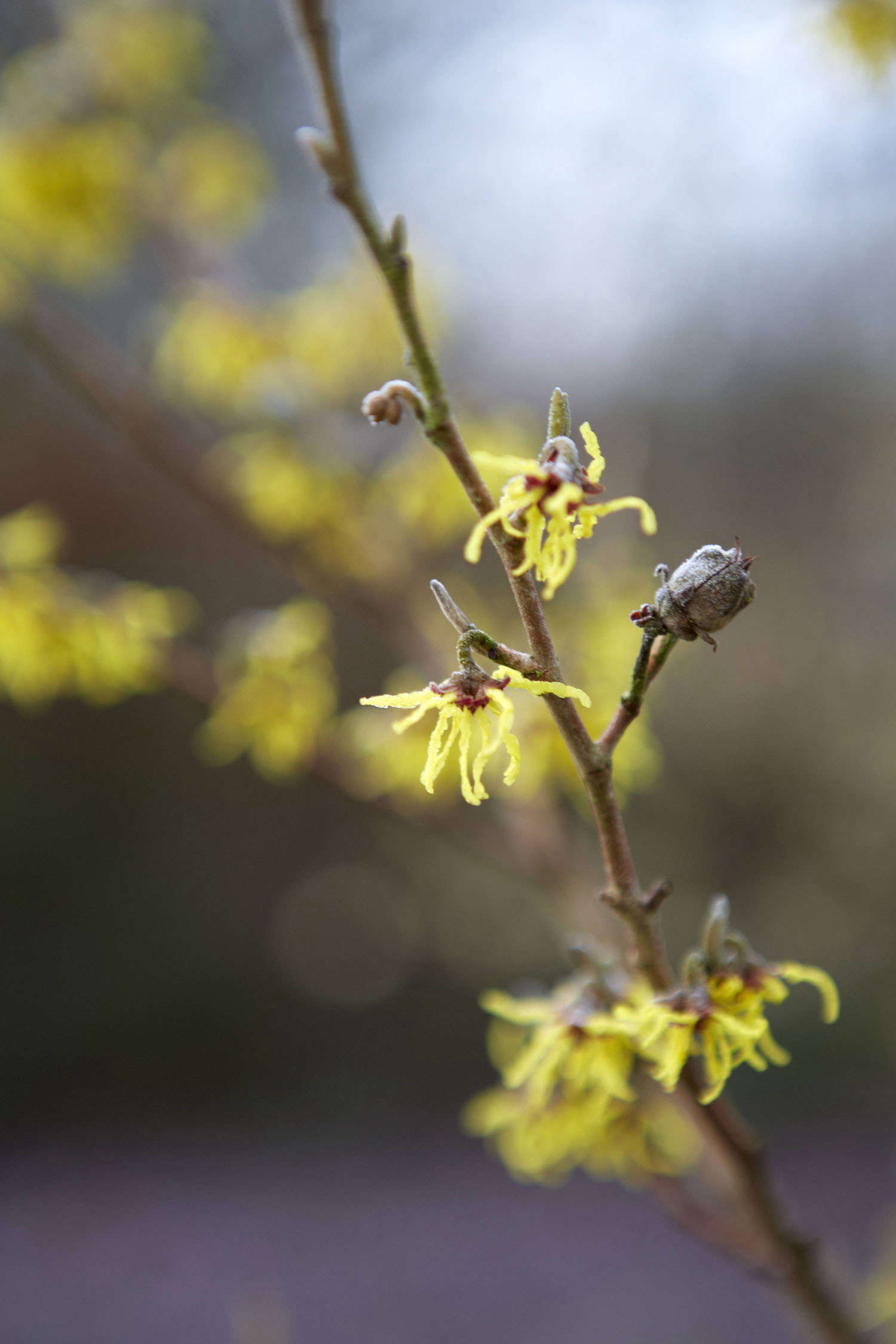Has there ever been a less rock ‘n’ roll category of plant than shrubs, subshrubs, and bushes? A new book, Shrouded in Light: Naturalistic Planting Inspired by Wild Shrublands, makes the case that woody plant communities have some important answers for gardeners trying to figure out how to design naturalistic landscapes in a changing world. Authors Kevin Philip Williams (gardener) and Michael Guidi (ecologist), argue that in the rush to embrace prairies and perennials, shrubs have fallen from grace—and our idea of a bush bears no relation to anything in the wild.

In his excellent essay in the book’s foreword, Nigel Dunnett suggests that shrubland is closer to a natural landscape than prairie grasslands, which remain in an early successional state with grazing and fire. Neglected by us and not much grazed, the year-round, three-dimensional structure of shrubs is appreciated by the creatures that shelter in them, and the smaller plants that they shade and protect.

The cultural journey of clipped shrubs, from Sissinghurst Castle and Versailles to suburban gardens and parking lots the world over, gives them a kitsch appeal that the authors have fun with. “As society advances into post-capitalism and our hastily produced infrastructure crumbles and is abandoned, the outlines of shrubs with which we have surrounded our homes will flourish and spread, creating shrubdivisions and shruburbs,” they write.

Dunes and dune marsh-elder (Iva imricata), make a genuinely stunning combination. Shrubs are caretakers of ecosystems, and the dune marsh-elder is a dune protector, growing close to the tideline on much of the North American Atlantic coastline.

Thriving in places that do not respond to a plough, and generally “under-subjugated” by people, shrublands make their own arrangements of form, color and texture, in the kind of visual patterns that we would do well to try to follow. This one, including Cascade blueberry, western azalea and hoary manzanita, occurs in Josephine County, Oregon.

Shrubs and trees were missing from the New Perennial Movement that took Europe by storm since the 21st century, yet the diverse shrublands of dry montane regions all over the world show gardeners how it can be done. With birch trees in the background, the silver foliage of mountain big sagebrush is mixed with pale yellow buttons of sulphurflower buckwheat and pale pink, sticky geranium.

The word “resilience” occupies an important place in the gardener’s lexicon in this century, and these landscapes, born of inhospitable conditions, offer that, as well as an under-examined beauty. Without referring to the “anthropogenic apocalypse” with quite as much gusto as the authors, we think they’re onto something.

See also:
- Required Reading: ‘Visionary’ by Clare Takacs with Giacomo Guzzon
- Required Reading: ‘Beyond the Meadows: Portrait of a Natural and Biodiverse Garden by Krautkopf’
- ‘Into the Weeds’: A New Book by Tama Matsuoka Wong for ‘Frustrated, Failed Gardeners’













Have a Question or Comment About This Post?
Join the conversation (1)